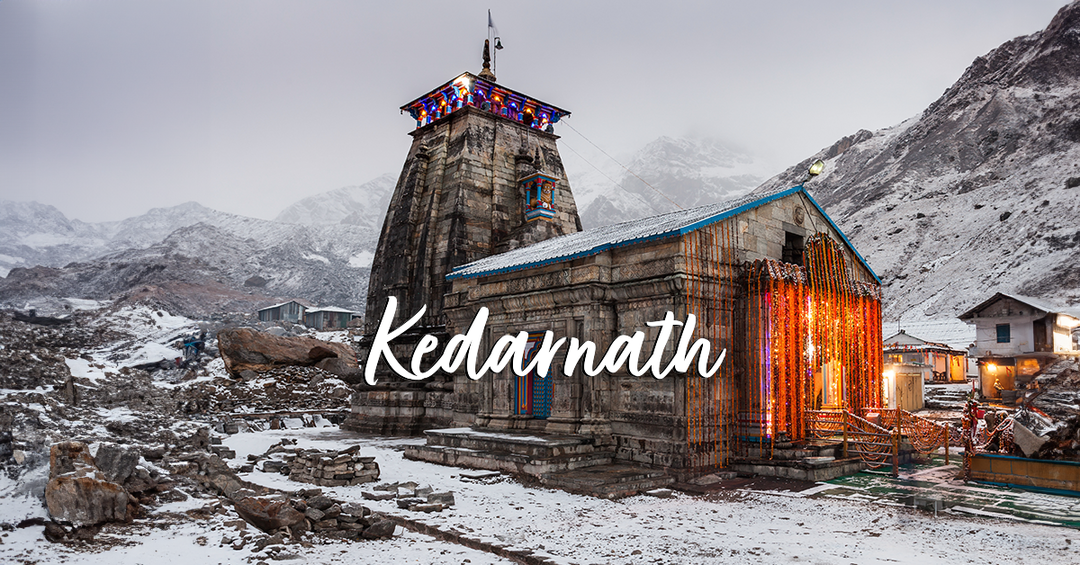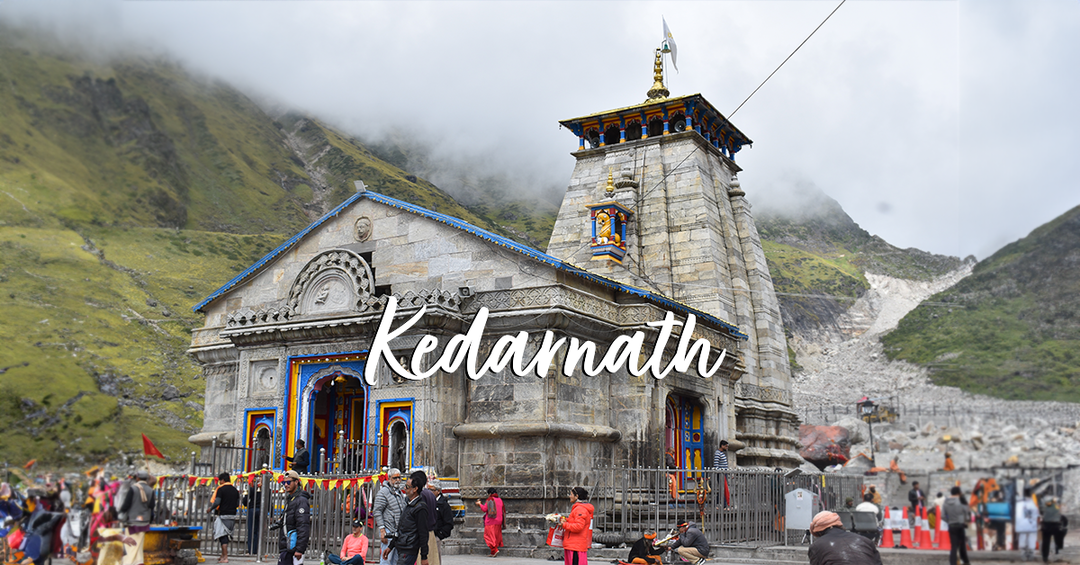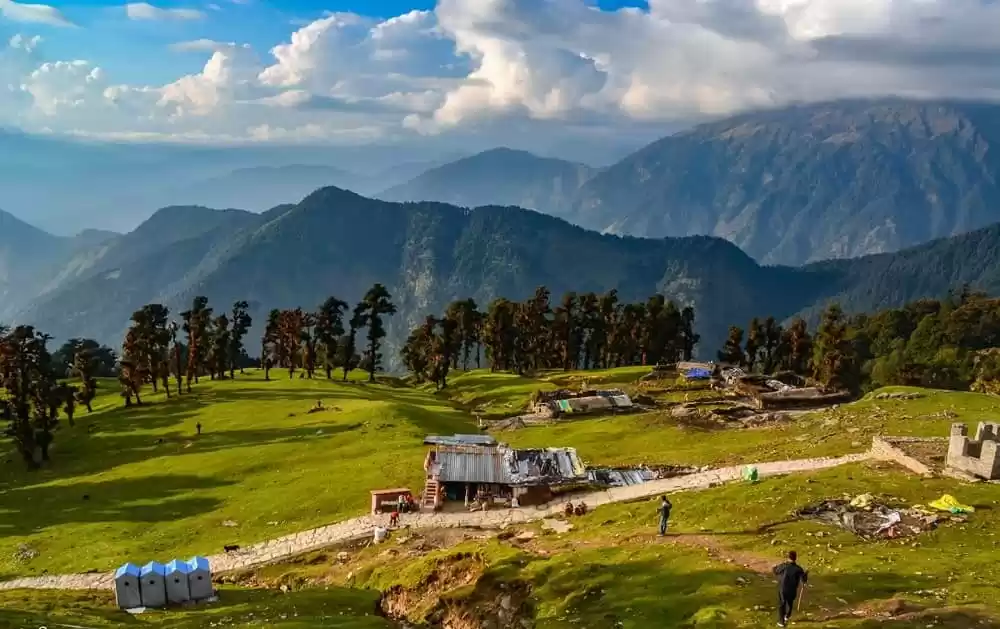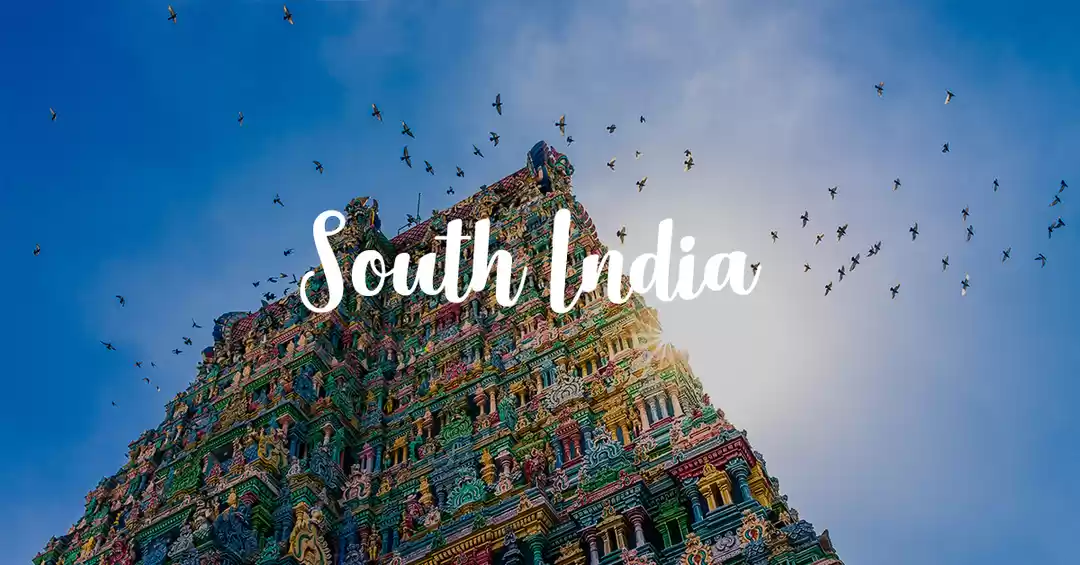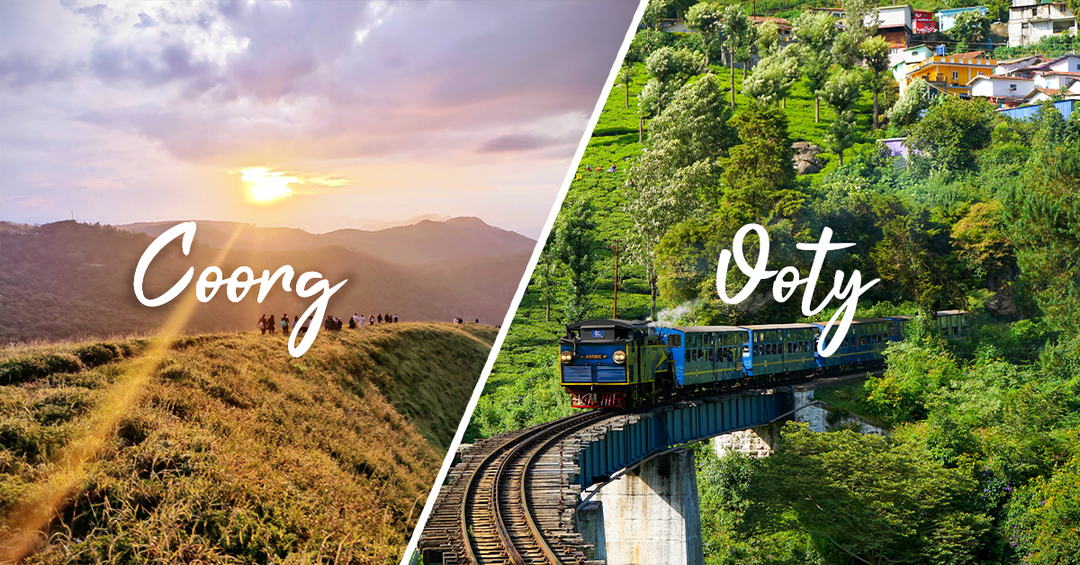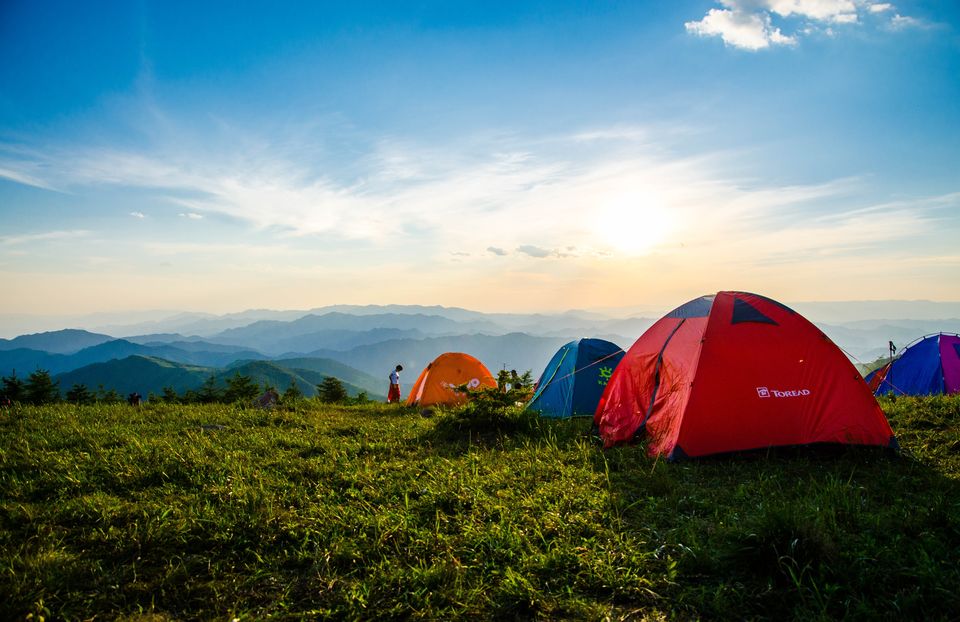
Camping with family or friends in NZ is an excellent pastime for many of us. But there are several things to think about when planning to spend nights in the wild such as what to wear, what to eat, what camping gear to pack, and much more. In the midst of preparations for a backpacking trek, one thing that tends to get overlooked is choosing the right kind of camping tent. Thus, we have come up with this blog that will help you learn how to choose ideal camping tents in NZ!
What are the different types of camping tents?
Camping tents come in different shapes and sizes with features added to cater to diverse purposes. Below is the list of the most popular and trending camping tents that you can choose to buy, depending on your camping needs.
➢ A-frame or Ridge tent: It is one of the most popular camping tents in NZ due to its simple design. It is termed A-frame as the tent looks like the letter ‘A’ when pitched. A-frame tents are easy to set up but generally become heavy when packed. And that is why they are ideal to be used for fixed camping.
➢ Dome tent: It is one of the most common types of tents used for camping in NZ and is easily distinguishable by its design. Dome tents come with two poles, crisscrossed at a point forming two semi-circles running across the tent body, giving the tents their dome shapes. They are generally available in a wide range of sizes, accommodating 2-8 people. Compared to other tent options, dome tents are more spacious, ventilated, and easy to set up.
➢ Pop-up tent: As the name implies, this camping tent can be set up instantly. Since it is spring-loaded, it immediately pops up into shape when released from its bag. Compared to other types of camping tents, pop-up tents are super easy and quick to set, inexpensive, and lightweight. However, pop-up camping tents are not suitable for extreme weather conditions. You can include them in your camping gear only if you are heading out to summer camping.
➢ Tunnel tent: Tunnel tents are quite like dome tents, yet a little different. They come in longer and cylindrical shapes with poles that run on the exterior of the tent body. Unlike dome tents, the ropes on a tunnel tent run from attachment points outside of the tent body and are staked into the ground to provide the tent with more stability. If pitched smartly, they provide lots of headroom and liveable space for larger groups and families. However, they become quite bulky when packed and thus are not ideal for carrying on foot.
What are the things to look for in camping tents?
Here are the things to bear in mind while purchasing camping tents in NZ:
➢ Sleeping Capacity: It’s really essential to choose a tent model based on your group's size. You should also determine if you need additional space for extra friends, camping gear, or dogs. Since there’s no set industry standard for per-person tent dimensions, it’s always better to consider upsizing your tent capacity by 1 person.
➢ Tent Weight: Every camper or traveler looks to buy camping tents that are lightweight and spacious. But the fact is, the more spacious the camping tent, the heavier it is. Pro tip: For 2-person camping, consider carrying a camping tent weighing four pounds or less.
➢ Tent Floor Size: Measuring the floor area will actually let you know the size of the camping tent. It’s always advisable to choose a tent floor size of at least 20 square feet per person if extra elbow room is required to store gear or other stuff. Otherwise, 15 square feet per sleeper works fine!
➢ Tent Height: The height of a camping tent is measured from the ground up to the top of the tent's exterior. If you want to know the interior height of the camping tent you have considered purchasing, subtract 2 or 3 inches from the stated peak height. The standard height to sit up inside a tent is 3 ft. 6 in.
➢ Tent Doors: While one door is perfectly enough for 1 or 2-person camping, family camping requires multiple doors in the tent. Multiple doors in a camping tent actually let families avoid climbing over each other for midnight bathroom breaks. However, just ensure to note that an extra door adds extra weight and cost to the camping tent.
➢ Tent Poles: The poles of a camping tent determine how easy or hard it is to pitch. Typically, most family tents available these days are freestanding. The biggest advantage of using freestanding camps is that can be set up even without the stakes.
Final Words
Once you have picked up the right tent in the process of preparing for backpacking trips, you are already halfway done. Hopefully, this blog helped you know the different types as well as the ways to choose the right kinds of camping tents in NZ. Once you know which tent option serves what purpose, you will be equipped with the knowledge required to camp in almost any situation safely and comfortably.








